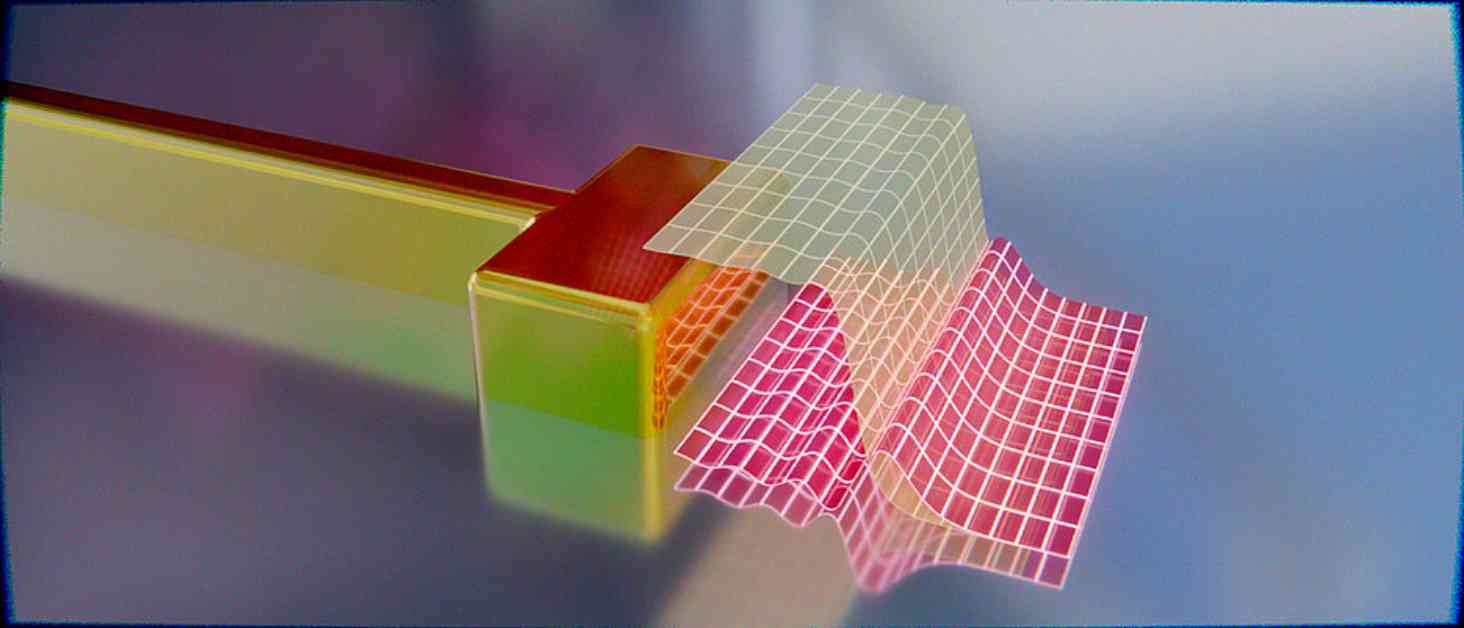Physicists from the University of Würzburg have made a groundbreaking advancement in chip development with the creation of nanometre-sized light antennas that have electrically modulated surface properties. This innovation could potentially revolutionize the speed at which computer chips operate, paving the way for faster and more efficient systems.
### The Need for Faster Computers
In today’s digital age, the demand for faster and more powerful computers is ever-increasing. However, traditional semiconductor components have reached their physical limits in terms of speed, operating at a maximum frequency of a few gigahertz. This limitation has led to the use of multiple chips in modern systems to divide computing tasks, as the speed of individual chips cannot be further increased.
### The Promise of Light-Based Computing
One potential solution to this problem lies in the use of light, specifically photons, instead of electricity (electrons) in computer chips. Light-based computing has the potential to be up to 1000 times faster than traditional methods, opening up new possibilities for rapid data processing and computation.
### Plasmonic Resonators: Antennas for Light
Plasmonic resonators, also known as “antennas for light,” are nanometre-sized metal structures that interact with both light and electrons. Depending on their geometry, these resonators can interact with different frequencies of light, offering a promising avenue for achieving faster computing speeds.
Dr. Thorsten Feichtner, a physicist at Julius-Maximilians-Universität (JMU) Würzburg, explains the challenge faced in developing these plasmonic resonators: “The issue is that these resonators cannot yet be effectively modulated, similar to transistors in conventional electronics. This limitation hinders the progress towards fast light-based switches.”
### Electrically Controlled Modulation
To address this challenge, a research team from JMU Würzburg in collaboration with the Southern Denmark University (SDU) in Odense has made a significant breakthrough in the modulation of light antennas. By achieving electrically controlled modulation of these antennas, the team has opened the door to ultra-fast active plasmonics, potentially leading to significantly faster computer chips.
The research, published in the journal Science Advances, details the innovative approach taken by the team. Instead of attempting to change the entire resonator, the focus was on altering its surface properties. This was accomplished by electrically contacting a single resonator, a nanorod made of gold, using sophisticated nanofabrication techniques based on helium ion beams and gold nanocrystals.
### Quantum Effects Uncovered
The experiments conducted by the Würzburg scientists revealed surprising quantum effects that had not been observed before in optical antennas. While these antennas were previously described classically, with electrons stopping at the edge of the metal nanoparticle, the measurements showed a soft, graduated transition of electrons across the metal-air boundary, akin to a sandy beach meeting the sea.
The researchers at SDU Odense developed a semi-classical model to explain these quantum effects, integrating quantum properties into a surface parameter that allowed for classical calculations. This new model provides a unified framework that advances our understanding of surface effects and could lead to further breakthroughs in the field of plasmonics.
### Applications and Future Prospects
The innovative approach taken by the research team opens up a wide range of potential applications beyond faster computer chips. Smaller resonators could lead to highly efficient optical modulators, with implications for various technological advancements. Additionally, the system presented could be used to investigate the influence of surface electrons in catalytic processes, offering new insights into energy conversion and storage technologies.
Dr. Thorsten Feichtner envisions a future where the new model can be used to design tailored antennas that amplify or exclude specific quantum effects, leading to further advancements in the field. With the ability to precisely control surface properties, researchers can explore new possibilities for improving the efficiency and performance of various technologies.
### Conclusion
The development of nanometre-sized light antennas with electrically modulated surface properties represents a significant breakthrough in chip development. By achieving electrically controlled modulation of plasmonic resonators, researchers have paved the way for faster computer chips that could revolutionize data processing and computation. The discovery of surprising quantum effects in optical antennas opens up new possibilities for further research and technological advancements in the field of plasmonics. As the research continues to evolve, the potential applications of this innovation are vast, ranging from faster computer chips to enhanced energy conversion technologies.













